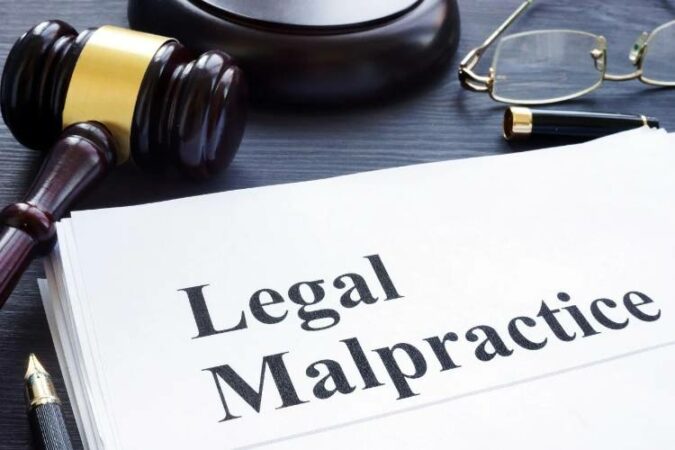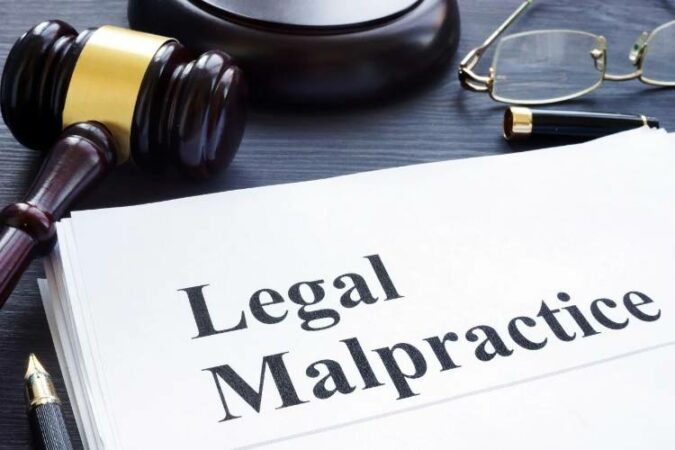
Family law is one of the areas of practice with a high number of legal malpractice lawsuits. This is not surprising as emotions run high in these cases. These suits can happen even to the most experienced lawyers. The questions are, what are the risks of legal malpractice family law, and how to mitigate them?
Getting to know the risks and solutions can help you prevent legal malpractice lawsuits. Below, we explain both and give you some risk management tips.
Inadequate Investigation or Discovery of Facts

The most common error in family law cases is inadequate investigation or discovery. In cases that involve the division of assets or property, a lawyer must perform an adequate investigation regarding the value of the assets as well as liabilities.
In such cases, they have to not only examine but also evaluate the net worth of the parties extensively. Note that concealing assets is common if animosity exists between parties.
To mitigate against this risk, a lawyer can employ the use of experts such as appraisers and accountants. If a lawyer failed to conduct due diligence, they may get sued for legal malpractice family law when their client discovers that there was more on the table than what was offered.
There are cases when the client chooses to forgo discovery. In these cases, the lawyer must explain the consequences of forgoing discovery and document the decision of the client.
Failure to Inform or Obtain Consent

Other examples of legal malpractice risks are failure to inform the client or obtain their consent. Lawyers must disclose information before starting a settlement or any other relevant legal decision.
The relationship between a client and a lawyer is like between an employer and an employee. The client is the employer. As such, every important option or decision must be offered for consideration. This is especially true in family law cases where decisions can alter the client’s life significantly.
Failure to disclose information or advice can be detrimental to a client and could cause a legal malpractice lawsuit. A client must provide their client with information as well as understand and act according to the instructions their client has given.
To mitigate this risk, consult with your client every step of the representation. Documentation is necessary as documents signed by a client can serve as proof of record that you have offered options, discussed risks, and outlined consequences. They can also serve as proof of adequate representation.
Conflicting Interests

In addition to the above, conflicting interests can also be a risk for legal malpractice family law. Lawyers must be aware of the conflicts of interest that can arise and/or develop during representation.
Previous representation of relatives in different areas of law can create conflicts for the lawyer in the case at hand. To identify potential conflicts, law firms must establish a system that contains parties that have been represented and protected persons.
In addition, when firms merge, lawyers must be able to combine a list of past clients. By doing so, potential conflicts can be identified and hopefully, prevented.
Conflicts can also arise from the onset. For instance, when a lawyer represents a couple in a prenuptial agreement, they can’t protect the interests of both parties. If a conflict arises, they can draft documents or withdraw from cases when necessary, to mitigate the risk of legal malpractice family law claims.
Also Read:
Other Legal Malpractice Family Law Risk Management Tips

Other examples of managing risks in family law include managing expectations and effective communication.
Managing expectations
Cases in this area of practice are highly emotional. As such, lawyers must manage the expectations of their clients by explaining possible outcomes of the case and ensuring that their goals are realistic.
Effective Communication.
Lawyers must be able to communicate effectively. The lawyer has a duty to ensure that the client has a basic understanding of the agreement entered. More likely than not, clients in this area of practice are new to the legal jargon and intricacies.
A lawyer has a duty to ensure that the client makes informed decisions. Agreements entered without thorough understanding may leave a client dissatisfied. Not to mention those agreements can be grounds for a legal malpractice lawsuit as well.
There are risks of legal malpractice family law. While the risks are simply unavoidable, the above can help you to minimize and mitigate them.









